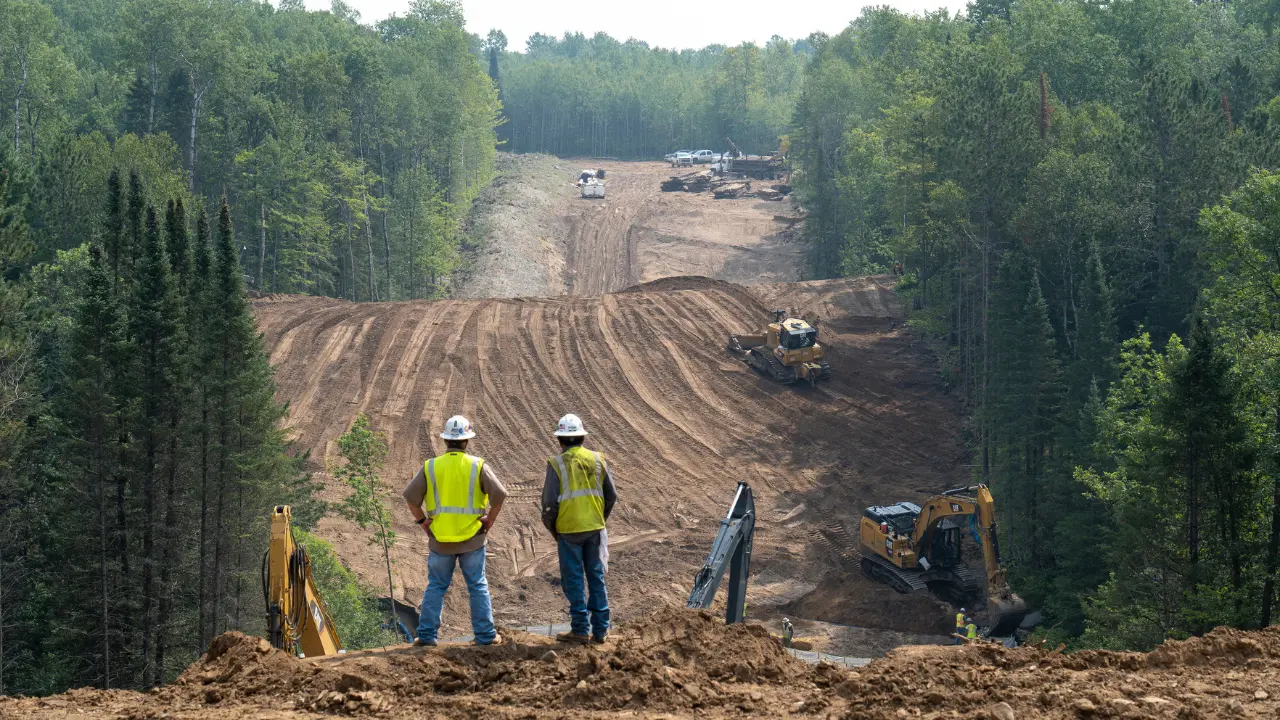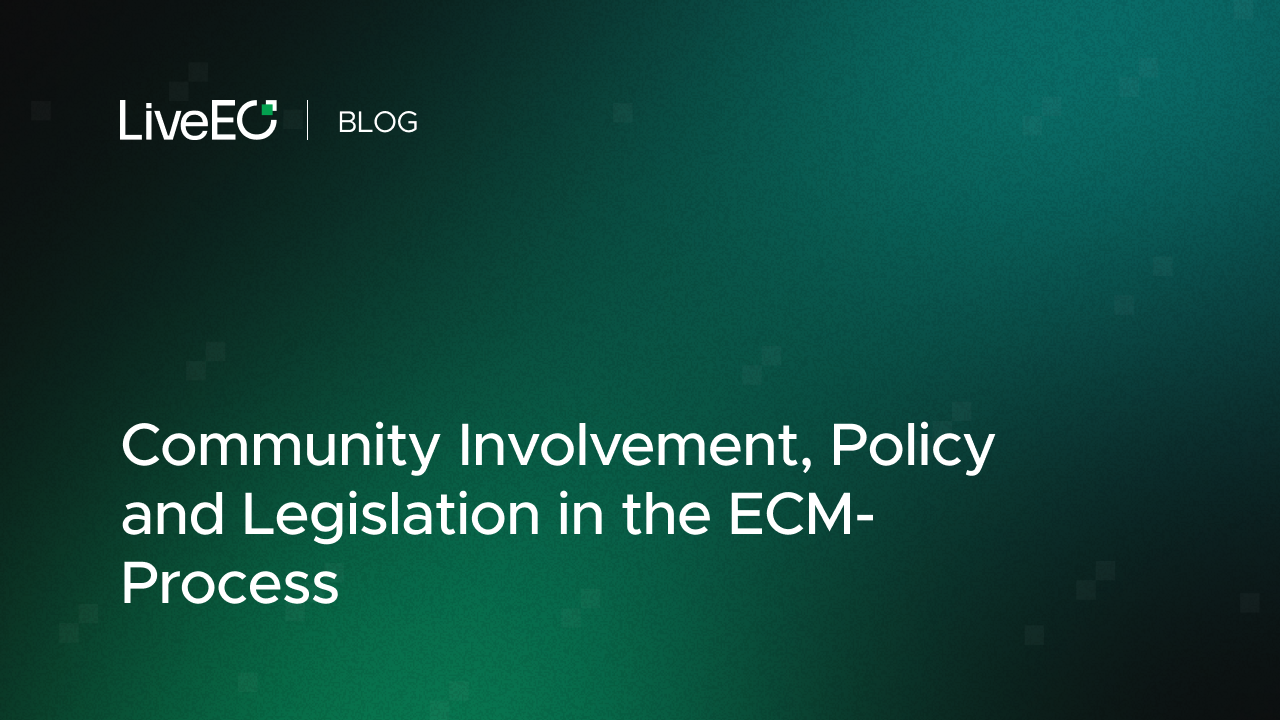
The oil and gas industry relies heavily on pipelines for the transportation of vital resources.
Yet, ensuring the integrity and safety of these pipelines is a constant challenge for Damage Prevention Managers. Among the most pressing concerns they face is the pervasive threat of third-party interference.
Whether it’s accidental encroachment during construction projects or deliberate acts of vandalism, the risks posed by external entities are significant, and the consequences are far-reaching.
However, traditional monitoring methods often prove inadequate, leaving critical vulnerabilities unaddressed.
In this article, we examine the top five challenges confronting Damage Prevention Managers in the oil and gas sector.
Furthermore, we explore how the synergy of AI and satellite data transforms pipeline monitoring, offering enhanced capabilities to detect, assess, and mitigate third-party risks effectively.
Key Takeaways
Key Pipeline Damage Prevention Challenges
1. Vast networks, limited resources
One of the most daunting problems faced by damage prevention managers is the sheer scale of the pipeline networks they oversee.
Stretching across vast swathes of terrain, these networks present a monumental task for monitoring teams, particularly when resources are constrained.
Traditional ground patrols and manual inspections struggle to cover the extensive lengths of pipelines adequately, leaving gaps in surveillance that can be exploited by potential threats.
2. False positives
False alarms plague the effectiveness of many monitoring systems, inundating operators with a barrage of alerts that often turn out to be inconsequential.
Sorting through these false positives consumes valuable time and resources, diverting attention away from genuine threats and diminishing the efficiency of response efforts.
Identifying and mitigating false alarms remains a persistent challenge for damage prevention managers, hampering their ability to prioritize and address legitimate risks promptly.
3. Static assessments
Conventional methods often provide static assessments, showing merely a snapshot of potential hazards at any given moment.
However, in an ever-evolving landscape where new construction projects, environmental changes, and population growth can significantly impact risk profiles, these approaches fall short of capturing the dynamic nature of pipeline threats.
Damage prevention managers require a more adaptive approach that continuously monitors and evaluates third-party risks to prevent pipeline damage.

4. Incomplete situational awareness
Incomplete situational awarenessarises from reliance on manual, human-driven methods, which sometimes fail in detecting potential issues, leading to an inadequate response.
Additionally, infrequent monitoring exacerbates the problem, creating prolonged intervals between inspections and resulting in blind spots in surveillance.
Without timely updates on the potential hazards surrounding their infrastructure, damage prevention managers struggle to anticipate and respond to threats effectively.
This leaves pipelines vulnerable to potential damage for extended periods, increasing the likelihood of incidents that could have been prevented with more frequent and intelligent monitoring.
5. Poor data management
Effective risk mitigation relies on the availability of accurate and comprehensive data to inform decision-making processes.
However, many damage prevention managers grapple with disparate data sources, inconsistent formats, and data silos that hinder the integration and analysis of critical information.
Poor data management practices not only impede the identification of potential risks but also hinder efforts to implement proactive measures to mitigate them.
{{inline}}
Read also: Five Reasons Why Vegetation Management Matters and the Role of Satellite Intelligence
How Satellite Intelligence Can Help
In recent years, two pivotal trends have transformed the landscape of risk monitoring for companies with extensive linear assets.
The commercialization of satellites has democratized access to high-resolution imagery, offering vast potential for extracting valuable insights.
Simultaneously, the integration of artificial intelligence (AI) has bolstered data analysis capabilities. Amidst these shifts, SurfaceScout Monitoring stands out as a transformative solution, seamlessly merging satellite technology and AI to redefine pipeline damage prevention.
SurfaceScout leverages these advancements to tackle your challenges with third-party risk monitoring, empowering you to:
1. Remotely monitor the entirety of your pipeline network
SurfaceScout offers a comprehensive view of your entire pipeline network, even in remote and challenging terrains or restricted areas such as no-fly zones.
It offers unparalleled scalability compared to conventional methods, making it a more cost-efficient way to pipeline monitoring.
2. Conduct frequent inspections and receive timely alerts
SurfaceScout Monitoring conducts high-frequency inspections as often as every week, ensuring heightened vigilance to emerging risks.
Moreover, the lead time for the delivery of critical insights is within as little as 24 hours, facilitating a prompt response to risks.
3. Closely monitor potential threats as they evolve
SurfaceScout addresses the problem with static assessments that fail to provide a clear picture of present risks.
Our cutting-edge technology is capable of detecting dynamic or continuous, and even subtle changes, enabling you to detect and monitor potential threats as they evolve and facilitating preemptive action when necessary.
Read also: Securing Pipelines: Five Key Reasons Third-Party Risk Monitoring Matters
4. Receive highly accurate risk assessments
Unlike conventional methods prone to errors or high rates of false alarms or entirely missing key issues, our AI-powered solution delivers precise risk assessments exceeding 95%, ensuring no issues are overlooked and facilitating field visits only when necessary.
This empowers informed decision-making and effective risk mitigation.
5. Adopt automated and streamlined workflows
SurfaceScout provides automated risk assessments delivered via our intuitive web app, which also allows work order generation and prioritization, complemented by a mobile app which makes insights available for people on the ground.
This ensures seamless communication between field crews and supervisors, as well as streamlined processes.
If you want to learn more about SurfaceScout, sign up for a free demo.








